In the fascinating world of wildlife, intelligence is often underestimated. While humans have long been considered the most intelligent species on Earth, recent studies and observations have revealed that many animals possess remarkable cognitive abilities. These awe-inspiring instances are not only surprising but also challenge our understanding of animal behavior. Let’s delve into the intriguing stories of 14 wild animals that have left scientists in awe with their intelligence.
14. Elephants and Their Extraordinary Memory

Elephants are renowned for their impressive memories. They can remember the locations of water sources and navigate vast landscapes without losing their way. Scientists have documented instances where elephants have traveled hundreds of miles to find water, recalling routes they haven’t taken in decades. This ability to remember detailed geographical information is akin to humans using GPS, highlighting their sophisticated cognitive mapping skills. Moreover, elephants can recognize individual humans and remember interactions, whether positive or negative, showcasing their emotional intelligence. This memory capability extends to mourning behaviors, where elephants visit the bones of deceased relatives, forming a strong bond with their past.
13. Dolphins and Their Complex Communication
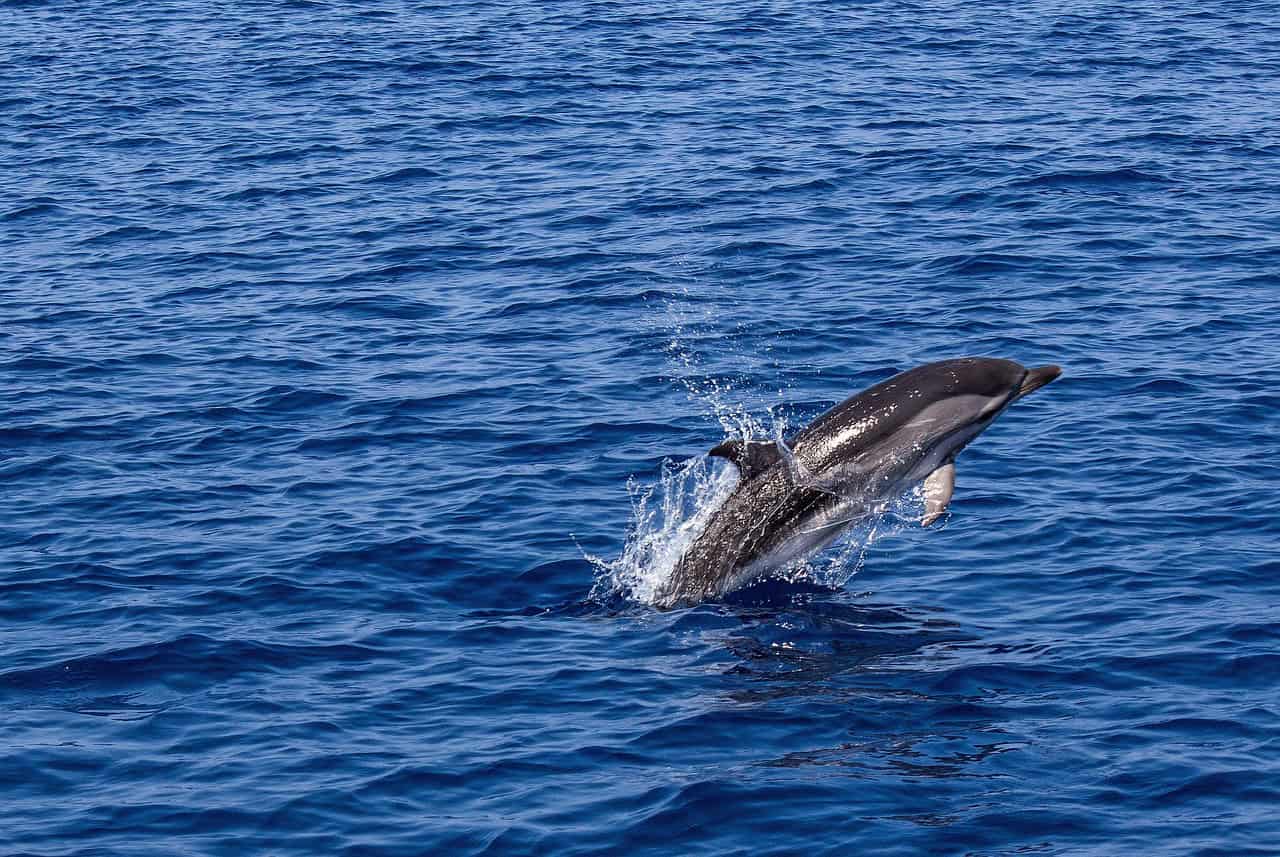
Dolphins are often regarded as the geniuses of the sea. Their communication system, comprised of clicks, whistles, and body movements, is both complex and nuanced. Scientists have recorded dolphins using unique signature whistles, akin to names, to identify and call each other. This level of communication complexity mirrors human language, suggesting a high level of social intelligence. Dolphins have also been observed working together to solve problems, such as herding fish into tight groups for easier feeding. Their playful nature, combined with their problem-solving skills, makes them a subject of endless fascination for researchers.
12. Crows and Their Mastery of Tool Use
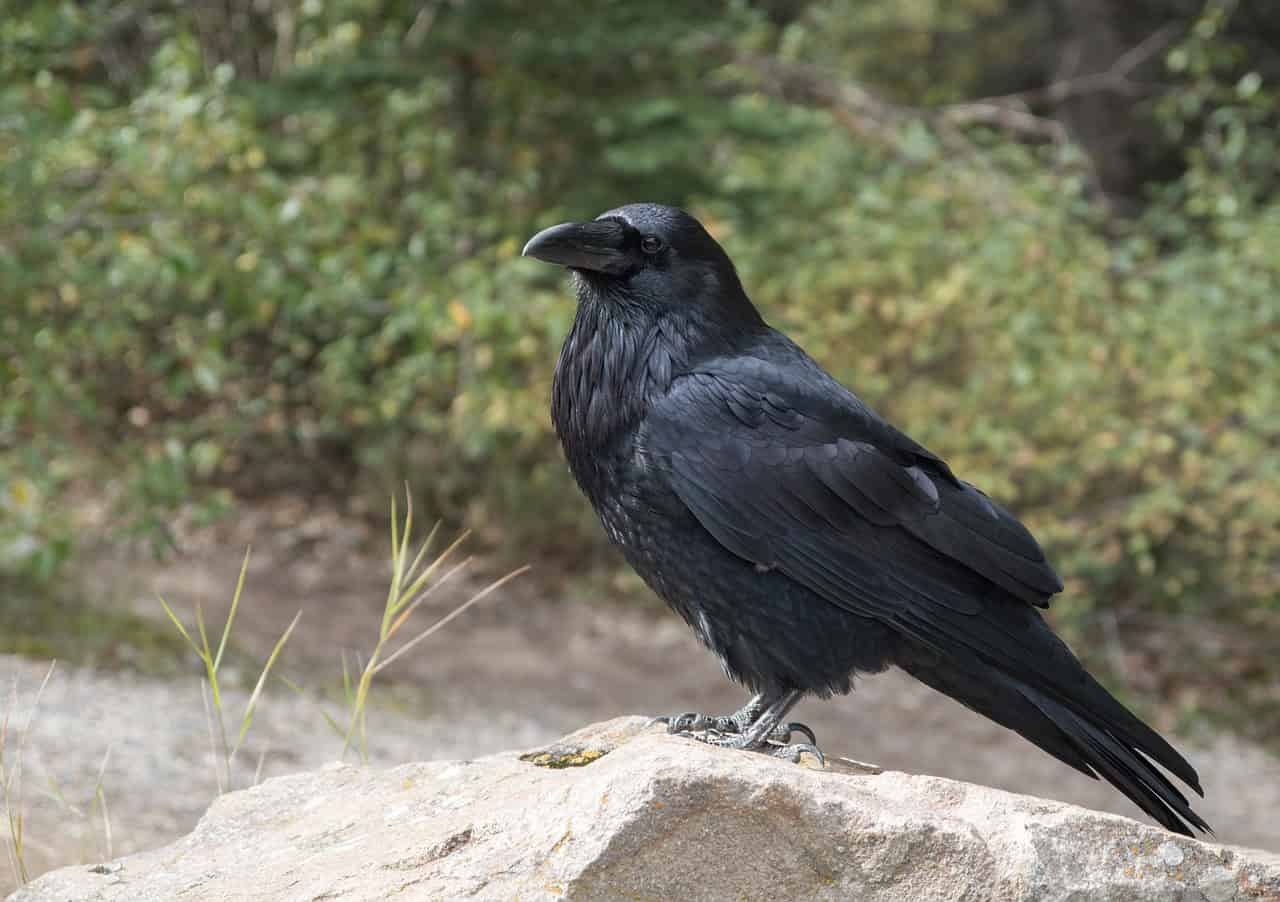
Crows, and corvids in general, have astonished scientists with their tool-making skills. These birds have been observed crafting hooks from twigs and even bending wires to extract insects from tight crevices. Their ability to use and modify tools is comparable to that of primates, underscoring their advanced problem-solving abilities. In one famous experiment, a crow named Betty bent a piece of wire into a hook to retrieve food from a tube, demonstrating foresight and adaptability. Crows are also known to drop nuts onto roads, waiting for cars to crack them open, showcasing their ingenuity and understanding of cause and effect.
11. Octopuses and Their Escape Artist Skills

Octopuses are renowned for their intelligence and ability to escape from seemingly secure enclosures. Their flexible bodies allow them to squeeze through tiny openings, but it’s their problem-solving skills that truly set them apart. Scientists have observed octopuses unscrewing jar lids to access food, a task that requires both dexterity and logical thinking. In aquariums, they have been known to escape their tanks, traverse dry surfaces, and even return to their original enclosures, displaying a remarkable understanding of their environment. Their ability to learn from experience and adapt to new situations suggests a high level of cognitive function.
10. Chimpanzees and Their Strategic Planning
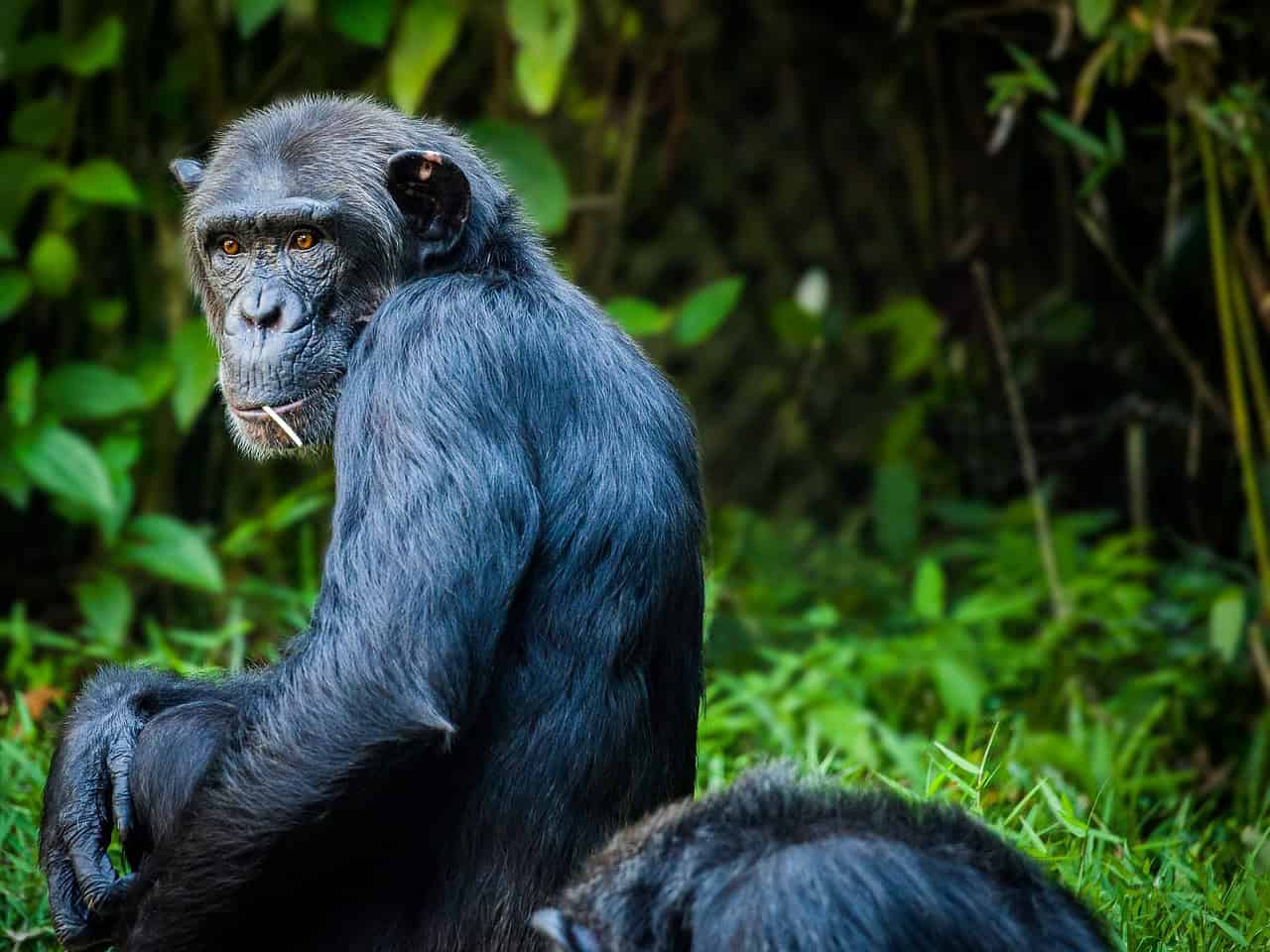
Chimpanzees share about 98% of their DNA with humans, and their intelligence is evident in their strategic planning abilities. In the wild, chimps have been observed using tools to hunt, such as sharpening sticks to spear small prey. This behavior demonstrates not only tool use but also the foresight to prepare these tools in advance. In one notable study, a chimpanzee named Santino in a Swedish zoo collected stones and stored them to later throw at visitors, indicating premeditated behavior. Such strategic planning is a hallmark of advanced cognitive processes, highlighting the intricate thinking capabilities of our closest relatives.
9. Parrots and Their Vocabulary Skills

Parrots are famous for their ability to mimic human speech, but their intelligence goes far beyond mere imitation. These birds can understand and use words in context, demonstrating a grasp of abstract concepts. The African Grey Parrot, in particular, has shown an ability to count, identify shapes and colors, and even understand the concept of zero. One famous parrot, Alex, could identify over 50 objects and understand complex commands, stunning scientists with his linguistic prowess. This ability to communicate and comprehend in a meaningful way suggests a level of cognitive sophistication that challenges the notion of “bird-brained.”
8. Bees and Their Mathematical Minds

Bees, despite their small size, have demonstrated an incredible ability to solve complex mathematical problems. In a study, bees were able to find the shortest route between multiple flowers, a challenge known as the “traveling salesman problem.” This task requires considerable computational power, suggesting that bees possess advanced cognitive abilities. Their ability to communicate through the “waggle dance” to indicate the location of food sources further highlights their sophisticated understanding of spatial relationships. This dance not only conveys distance and direction but also the quality of the food, showcasing a remarkable level of information processing.
7. Orangutans and Their Problem-Solving Prowess

Orangutans have displayed remarkable problem-solving skills both in the wild and in captivity. These great apes have been observed using leaves as makeshift umbrellas or tools to extract insects from trees. In captivity, they have been known to use sticks to short-circuit electric fences, a feat that requires understanding of both the tool and the barrier. Their cognitive abilities are further highlighted by their capacity for empathy, as they have been seen comforting distressed peers. This combination of technical skill and emotional intelligence underscores the depth of their cognitive capabilities.
6. Rats and Their Complex Social Structures

Rats are often underrated in terms of intelligence, yet they exhibit complex social behaviors and problem-solving skills. In laboratory settings, rats have navigated mazes with remarkable speed, using memory and learning to improve their performance. Their social intelligence is evident in their ability to recognize individual members of their group and engage in cooperative behaviors. In a study, rats were observed freeing trapped companions, even when no immediate reward was present, suggesting an understanding of altruism and empathy. These findings challenge the negative stereotypes often associated with these rodents.
5. Gorillas and Their Emotional Depth

Gorillas, like their primate cousins, exhibit profound emotional intelligence. They have been observed mourning the loss of group members, displaying behaviors that suggest a deep understanding of life and death. In captivity, gorillas like Koko have mastered sign language, using it to communicate complex emotions and desires. Koko’s ability to express feelings of sadness, joy, and even humor highlights the depth of her emotional world. This capacity for emotional expression and understanding challenges the notion that emotions are solely a human trait, emphasizing the sophisticated inner lives of gorillas.
4. Sea Lions and Their Memory Retention
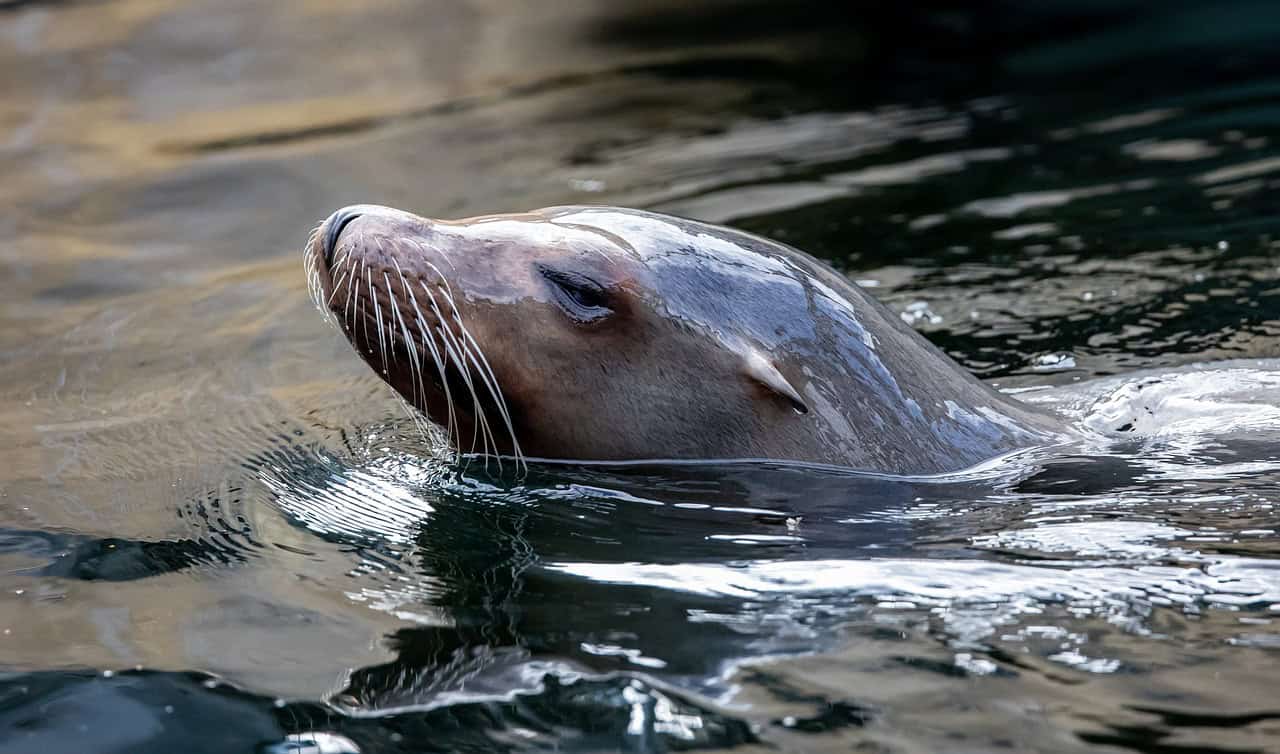
Sea lions have demonstrated impressive memory retention, rivaling that of elephants. In experiments, sea lions were able to remember commands and tasks taught to them years later, showcasing their long-term memory capabilities. This ability to recall information over extended periods is indicative of advanced cognitive function. Sea lions have also been observed solving puzzles and cooperating with humans in research settings, further highlighting their intelligence. Their playful nature combined with their cognitive abilities makes them a subject of fascination for scientists studying marine mammals.
3. Ants and Their Engineering Skills
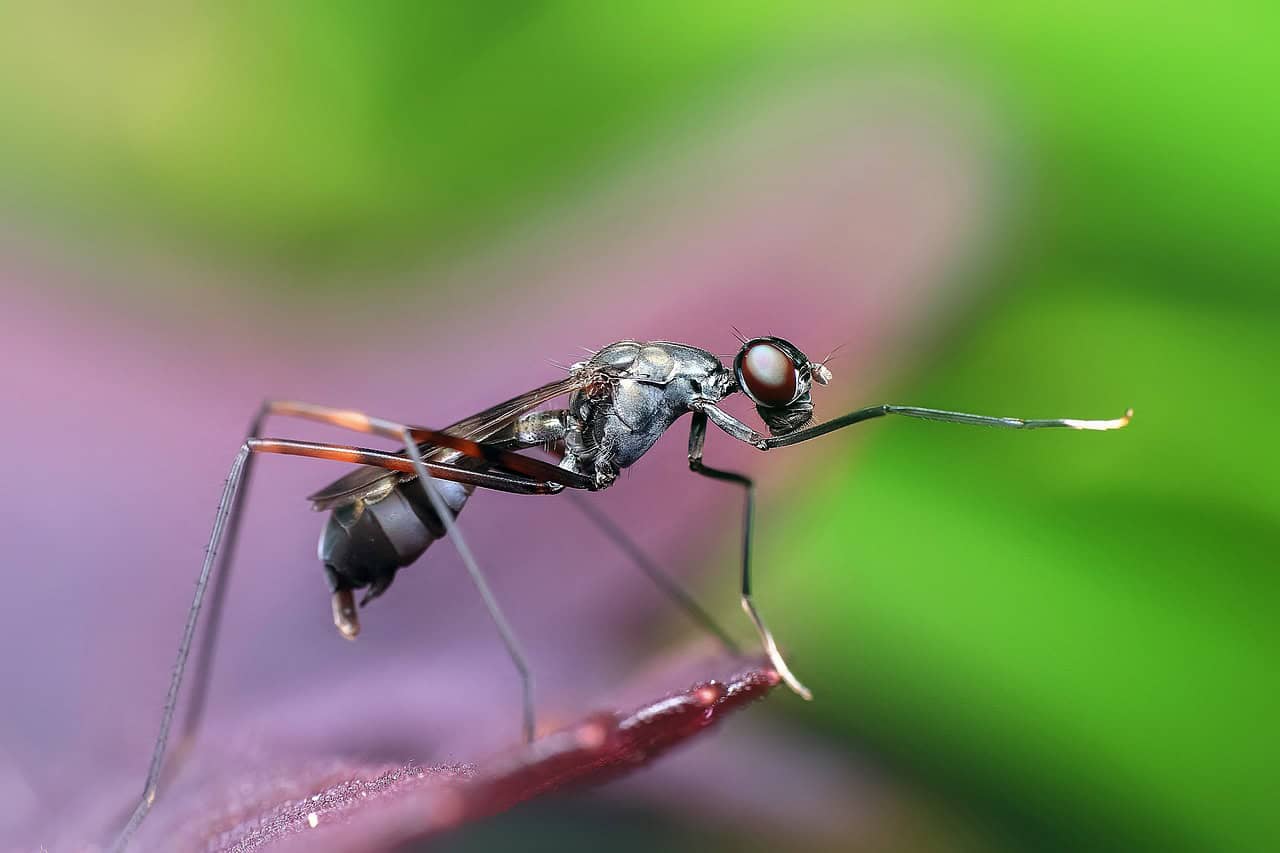
Ants, often overlooked for their size, are master engineers. They build complex underground colonies with ventilation systems, food storage, and nurseries. This level of architectural sophistication requires not only teamwork but also an understanding of structural principles. Ants communicate and coordinate tasks through chemical signals, allowing them to work together seamlessly. Their ability to adapt to environmental changes and optimize their living conditions demonstrates a level of collective intelligence that is both impressive and humbling. The intricate social structures of ant colonies are a testament to their organizational prowess.
2. Dogs and Their Emotional Understanding

Dogs, known for their loyalty and companionship, possess a remarkable ability to understand human emotions. They can read facial expressions and body language, responding to cues with empathy and understanding. Studies have shown that dogs can differentiate between happy and angry faces, reacting accordingly. This emotional intelligence is further highlighted by their ability to learn commands and perform complex tasks, often working as service animals to assist humans. Their capacity for emotional connection and understanding strengthens the bond between humans and dogs, making them invaluable companions.
1. Pigeons and Their Navigational Acumen

Pigeons have long been celebrated for their navigational skills, capable of finding their way home over long distances. This homing ability is attributed to a combination of visual cues, magnetic fields, and even olfactory signals. Scientists have discovered that pigeons can remember specific routes and landmarks, navigating with precision akin to a seasoned traveler. Their ability to deliver messages over vast distances in wartime showcases their reliability and intelligence. The navigational acumen of pigeons continues to intrigue researchers, shedding light on the complexities of avian navigation.
Conclusion

In conclusion, these stories of animal intelligence not only inspire awe but also invite us to reconsider our place in the natural world. These remarkable creatures demonstrate that intelligence is not the sole domain of humans, challenging us to appreciate and protect the diverse forms of life with which we share our planet.
- 10 American Rivers Where You Should Never Swim - August 23, 2025
- 13 Surprising Animals Thriving in Urban America - August 23, 2025
- 13 Common Birdwatching Mistakes and How to Fix Them - August 23, 2025

